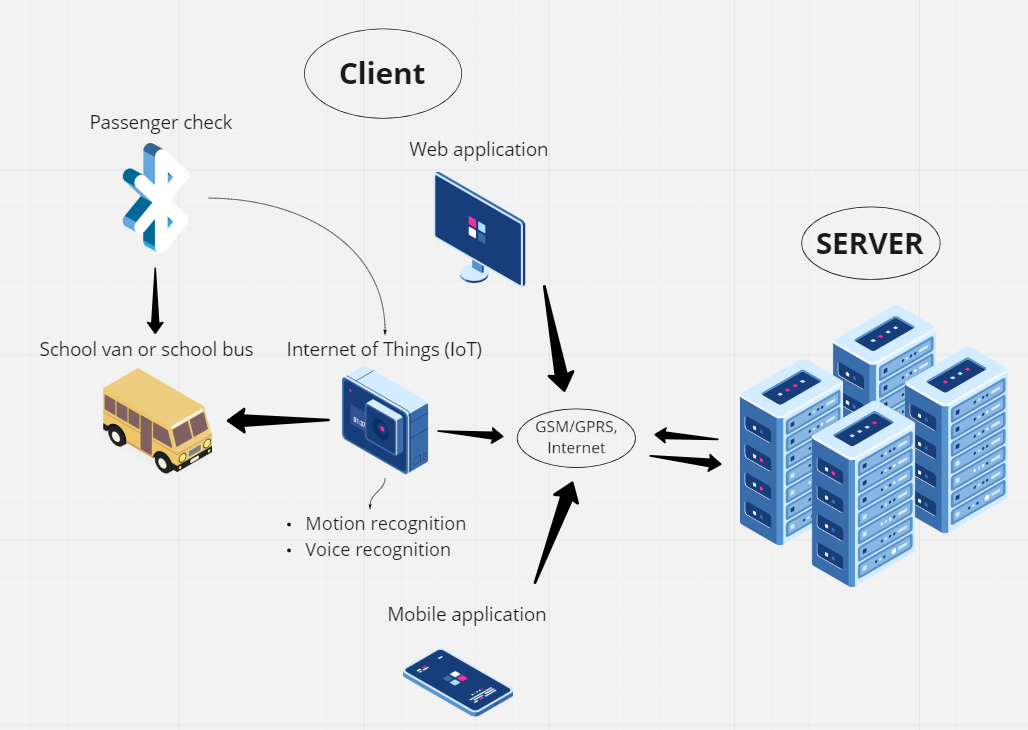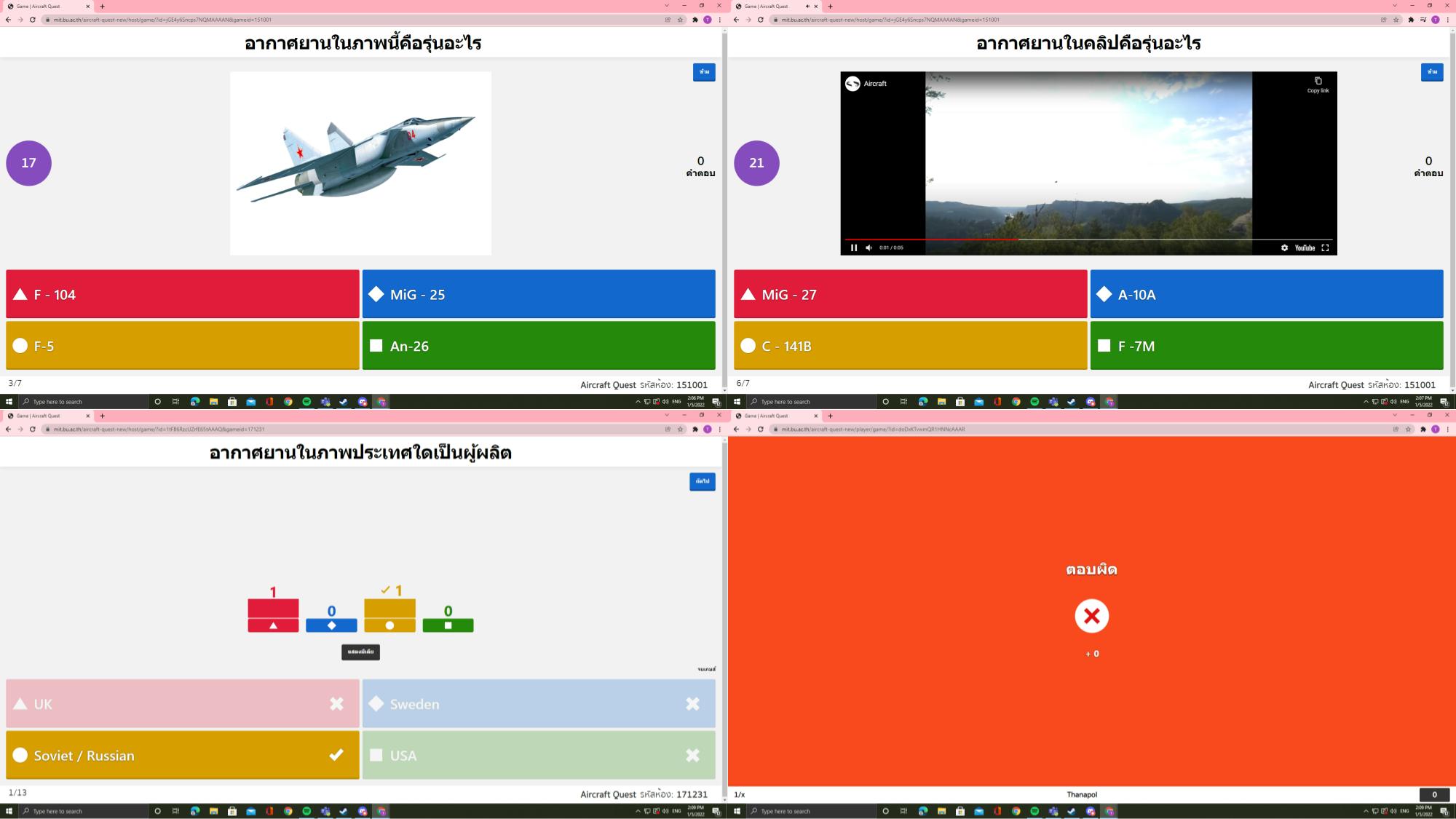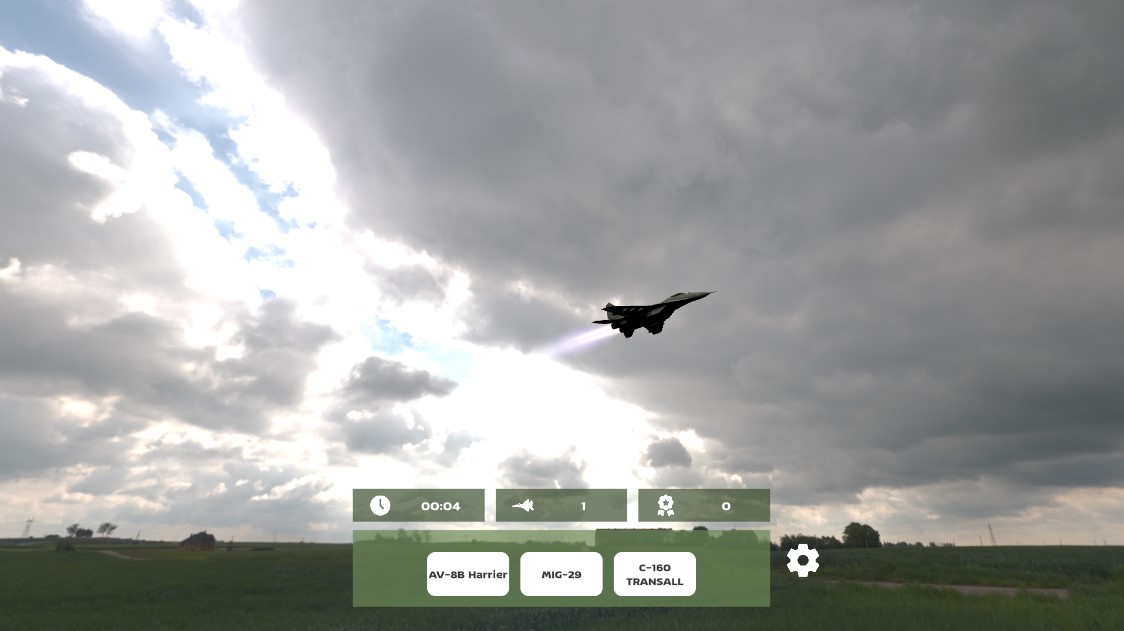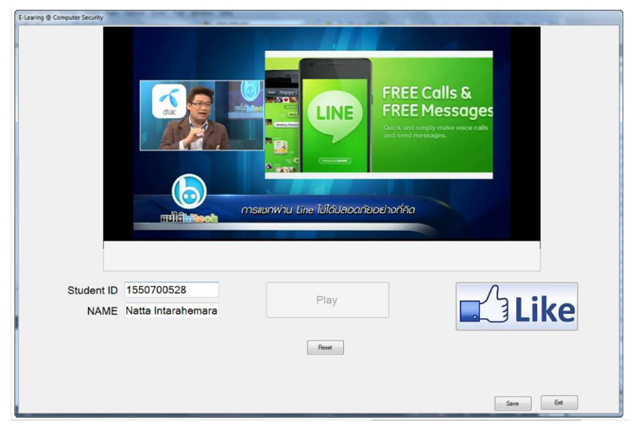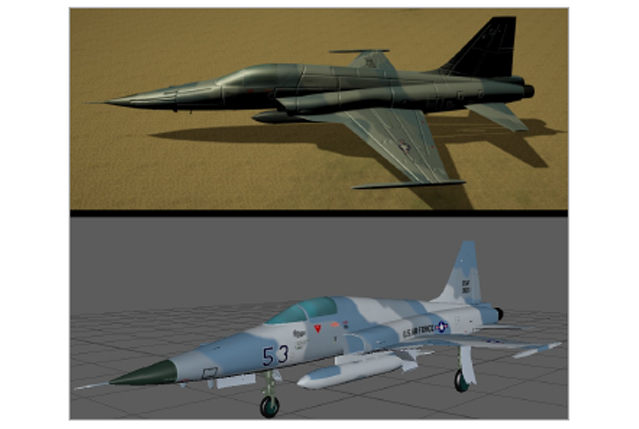หัวหน้าโครงการ: ผู้ช่วยศาสตราจารย์ ดร.กิ่งกาญจน์ สุขคณาภิบาล
Head of Project: Asst. Prof. Kingkarn Sookhanaphibarn (Ph.D.)
การขนส่งมวลเป็นปัจจัยที่มีความสำคัญอย่างยิ่งในชีวิตประจำวัน ในประเทศที่พัฒนาระบบขนส่งมวลชนที่ได้มาตรฐาน แม้ผู้ใช้งานจะเป็นเด็ก, คนพิการ หรือผู้สูงอายุก็สามารถใช้บริการได้อย่างทั่วถึง ในปัจจุบันขนส่งมวลชนของประเทศไทยยังคงอยู่ในระหว่างการพัฒนาและพบเจอกับปัญหาด้านต่าง ๆ เช่น ด้านความปลอดภัย ด้านเวลา ด้านความทั่วถึง เป็นต้น จากปัจจัยข้างต้นโดยเฉพาะด้านความปลอดภัยทำให้ตัวเลือกในการเดินทางไปสถานศึกษาของนักเรียนในระดับอนุบาลถึงประถมศึกษา มีตัวเลือกไม่มากนัก เช่น ผู้ปกครองไปรับ-ไปส่ง หรือ ใช้บริการรถรับ-ส่งนักเรียนที่มีบุคคลคอยดูแล ซึ่งบริการรถรับ-ส่งในประเทศไทยนั้นส่วนใหญ่จะเป็นรถตู้หรือรถกระบะเสริมหลังคา
ทำให้มีผู้ปกครองจำนวนมากที่ยังมีความกังวลในการใช้บริการรถรับ-ส่งนักเรียนของไทยเนื่องด้วยเหตุผลต่าง ๆ เช่น ข้อมูลจากการรวบรวมข่าวและสถิติของกรมควบคุมโรคตั้งแต่ปี 2557–2563 มีเด็กถูกลืมไว้ในรถมากกว่า 129 เหตุการณ์ มีเด็กที่เสียชีวิตจากเหตุการณ์นี้ 6 ราย โดยเด็กที่เสียชีวิตมีอายุเฉลี่ย 2–6 ปี อีกทั้งด้วยสภาพอากาศแบบร้อนชื้นของประเทศไทย หากจอดรถทิ้งไว้กลางแดด เพียง 30 นาที อวัยวะทุกอย่างจะเริ่มหยุดทำงานและอาจเสียชีวิตได้ แต่เวลาเฉลี่ยในการเจอเด็กหลังถูกลืมอยู่ที่ 6 ชั่วโมง จึงเป็นไปไม่ได้เลยที่จะช่วยเหลือได้อย่างทันท่วงที เมื่อศึกษาลงรายละเอียดในแต่ละกรณีที่เกิดขึ้นจะพบว่ามักเกิดจากความผิดพลาดของมนุษย์แม้ว่าจะมีคนคอยดูแลอย่างใกล้ชิด หรือปฏิบัติตามมาตราการป้องกันอย่างเข้มงวดก็ตาม อีกทั้งรถรับ-ส่งนักเรียนของส่วนใหญ่ของไทยจะมีมุมอับ ที่เสี่ยงต่อการลืมเด็กได้ง่าย เช่น แถวหลังที่สุดของรถตู้ หรือ ที่นั่งหลังคนขับของรถกระบะ
ในโปรเจคนี้เราต้องการนำเทคโนโลยีในปัจจุบันเข้ามาช่วยแก้ไขปัญหาและลดการเกิด Human Error โดยมีจะการใช้อุปกรณ์ประเภท Bluetooth Low Energy(BLE) ในการตรวจเช็คผู้โดยสาร และติดตั้งบอร์ด Raspberry Pi ที่มีกล้องและไมค์ในรถตู้ เพื่อใช้ในตรวจจับการเคลื่อนไหว ตรวจจับเสียง และใช้ในการถ่ายภาพเหตุการณ์ภายในรถ โดยทั้งหมดเชื่อมต่อกันผ่าน Mobile Application ที่พัฒนาขึ้นโดยมีฟังก์ชันสำคัญต่าง ๆ เช่น ติดตามสถานะ, รูปถ่ายในรถ, การแจ้งเตือนเมื่อเกิดเหตุการณ์ อีกทั้งยังเป็นศูนย์รวมของข้อมูลต่าง ๆ เพื่อให้ง่ายต่อการติดต่อ ทั้งหมดเพื่อให้ตอบสนองต่อเป้าหมายของงานวิจัย ในการสร้างมาตรฐานใหม่ของรถรับ-ส่งนักเรียนเพื่อลดการเสียชีวิตของเด็ก สามารถช่วยเหลือได้อย่างทันท่วงทีและสร้างความมั่นใจให้กับทุกภาคส่วน








